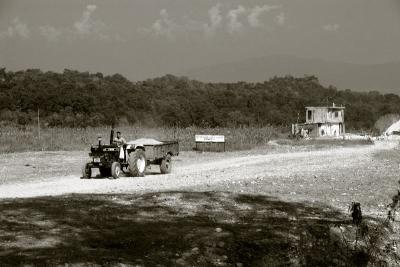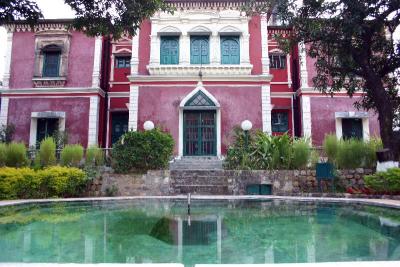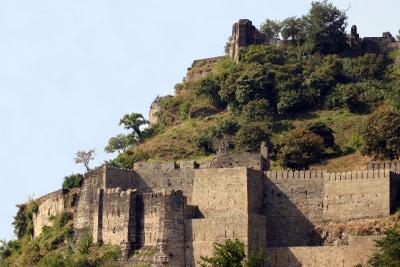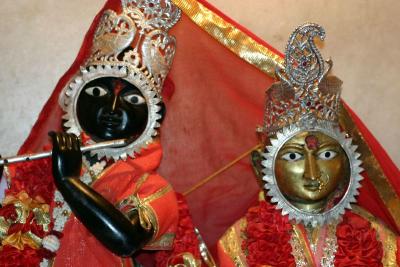





 |
 |
 |
 |
 |
 |
| Karthik Raja | profile | all galleries >> Galleries >> Incredible India >> Pragpur, Garli, Kangra District - Himachal Pradesh | tree view | thumbnails | slideshow |

[ Heritage Villages - Pragpur, Garli ] |

[ Judge's Court - Pragpur ] |

[ Beas River, Chamba Pattan ] |

[ Kangra Fort ] |

[ Temples in Kangra ] |
| comment | share |
| Guest | 01-Feb-2018 05:52 | |
| Ravi | 29-Jun-2015 09:32 | |
| Guest | 29-Jun-2015 09:32 | |
| Guest | 15-Jun-2015 03:38 | |
| KAMAL verma | 22-Jan-2015 10:56 | |
| KAMAL verma | 22-Jan-2015 10:54 | |
| Unstopable Johny Thakur | 20-May-2014 09:18 | |
| Unstopable Johny Thakur | 20-May-2014 09:16 | |
| munish kumar | 29-Dec-2013 02:23 | |
| DILDAR SINGH DADHWAL | 29-Jun-2013 12:28 | |
| DILDAR SINGH DADHWAL | 29-Jun-2013 12:28 | |
| DILDAR SINGH DADHWAL | 29-Jun-2013 12:20 | |
| DILDAR SINGH DADHWAL | 29-Jun-2013 12:20 | |
| Priyanka dhiman | 14-May-2013 10:20 | |
| Priyanka dhiman | 14-May-2013 10:18 | |
| Vijay Kumar | 19-Feb-2013 06:30 | |
| Guest | 19-Feb-2013 06:21 | |
| Anish Rana | 21-Sep-2012 07:12 | |
| shonki | 14-Jul-2012 12:11 | |
| shonki | 14-Jul-2012 12:11 | |
| shonki | 14-Jul-2012 12:11 | |
| rajinder (shonki) | 14-Jul-2012 12:03 | |
| Guest | 14-Jul-2012 12:02 | |
| Guest | 04-Jul-2012 10:32 | |
| Ankit Sharma | 01-Jun-2012 14:55 | |
| Guest | 01-Jun-2012 14:52 | |
| Guest | 25-Apr-2012 12:28 | |
| Guest | 25-Apr-2012 12:06 | |
| munesh | 18-Apr-2012 11:25 | |
| rashmi kaushal | 23-Dec-2011 19:38 | |
| rahul sharma | 29-Nov-2011 08:33 | |
| SURINDER,KUMAR, | 25-Nov-2011 20:03 | |
| ramit thakur | 16-Nov-2011 07:43 | |
| R.P.Sharma | 02-Oct-2011 12:57 | |
| sandy | 02-Oct-2011 12:20 | |
| Lucky Rana | 28-Aug-2011 12:58 | |
| Priyanka | 28-Jul-2011 08:57 | |
| Ravi sharma | 27-Jul-2011 14:02 | |
| Rohit sharma | 24-Jul-2011 13:38 | |
| vikas Dhiman | 16-May-2011 07:34 | |
| Guest | 16-May-2011 07:31 | |
| ajay | 18-Feb-2011 10:40 | |
| sandeep singh | 28-Nov-2010 14:26 | |
| sandeep singh | 28-Nov-2010 14:21 | |
| lati bro. | 10-Nov-2010 10:13 | |
| vishal pandit | 10-Nov-2010 10:04 | |
| Manjana Thakur | 27-Oct-2010 12:47 | |
| Lucky Rana | 22-Oct-2010 11:10 | |
| Guest | 17-Oct-2010 09:15 | |
| Guest | 17-Oct-2010 09:14 | |
| Guest | 17-Oct-2010 08:58 | |
| basudev mallik | 07-Oct-2010 08:16 | |
| basudev mallik | 07-Oct-2010 08:15 | |
| Guest | 17-Apr-2010 20:12 | |
| singh | 17-Apr-2010 19:50 | |
| Sanjeev kumar | 22-Feb-2010 08:35 | |
| Guest | 17-Feb-2010 09:04 | |
| Ashu Sharma | 11-Jan-2010 17:47 | |
| ram kumar | 06-Jan-2010 11:23 | |
| ram kumar | 06-Jan-2010 08:46 | |
| Rakesh | 05-Jan-2010 06:33 | |
| Rakesh | 05-Jan-2010 06:31 | |
| Rakesh | 05-Jan-2010 06:30 | |
| sanjeev kumar | 02-Jan-2010 05:24 | |
| kommu 9816081482 | 30-Dec-2009 14:15 | |
| KOMMU | 30-Dec-2009 14:14 | |
| pooja | 16-Dec-2009 16:41 | |
| Arun Kumar Sud CANADA | 12-Dec-2009 05:32 | |
| Vijesh Thakur | 11-Dec-2009 08:53 | |
| nitin sharma | 20-Nov-2009 07:12 | |
| Sanjeev kumar | 19-Nov-2009 07:38 | |
| Jagdev Pathania | 10-Nov-2009 08:48 | |
| Sanjeev kumar | 20-Oct-2009 10:57 | |
| sanjeev kumar | 21-Sep-2009 08:40 | |
| ka | 01-Sep-2009 11:45 | |
| LUCKY | 26-Jul-2009 07:46 | |
| subhash sharma | 26-Jul-2009 03:08 | |
| sanjeev kumar | 19-Jun-2009 10:09 | |
| Sanjeev kumar | 30-May-2009 10:14 | |
| Guest | 28-Feb-2009 18:27 | |
| Ashwani Kumar | 16-Oct-2008 10:47 | |
| Dr.Manjula Sood | 12-Oct-2008 11:13 | |
| Dr.Manjula Sood | 12-Oct-2008 11:10 | |
| lovely mankotia | 12-Oct-2008 02:19 | |
| nikon pathania | 04-Oct-2008 08:23 | |
| Arun D | 27-Sep-2008 07:46 | |
| manju rana | 15-Sep-2008 16:11 | |
| L.N.Aggarwal | 11-Jul-2008 14:09 | |
| Guest | 11-Jul-2008 08:50 | |
| Guest | 06-Jul-2008 14:47 | |
| Guest | 05-Jul-2008 08:09 | |
| Vishal | 20-May-2008 10:48 | |
| Sanjeev kumar | 24-Apr-2008 05:20 | |
| sunil patial | 20-Apr-2008 07:06 | |
| Guest | 14-Mar-2008 09:46 | |
| Amit Chahal | 11-Mar-2008 08:36 | |
| Amit Chahal | 11-Mar-2008 08:35 | |
| manoj | 04-Dec-2007 13:08 | |
| Sanjeev kumar | 31-Oct-2007 11:14 | |
| Sunil Thakur | 08-Oct-2007 04:22 | |
| Archit Sharma | 14-Sep-2007 11:08 | |
| Natish Kumar Chauhan | 24-Jul-2007 08:10 | |
| sanjay sharma Harsar (HP) | 27-May-2007 10:05 | |
| sanjat sharma harsar (HP) | 27-May-2007 09:56 | |
| Pankaj sharma | 04-May-2007 08:25 | |
| manish sharma | 27-Apr-2007 13:09 | |
| Manoj Kumar From NADAUN (H.P) | 26-Dec-2006 14:07 | |
| MANOJ KUMAR NADAUN (HCL POINT) | 26-Dec-2006 14:03 | |
| Manoj Kumar | 26-Dec-2006 13:59 | |
| Akeyla Kapoor Ghamrotia | 23-Dec-2006 11:22 | |
| DOCTOR ASHOK K. THAKUR | 13-Nov-2005 18:14 | |
| Nobel | 07-Nov-2005 00:15 | |
| Guest | 06-Nov-2005 05:37 | |
| Sudeepta | 04-Nov-2005 23:35 | |
| Enakshi Sarma | 04-Nov-2005 07:36 | |